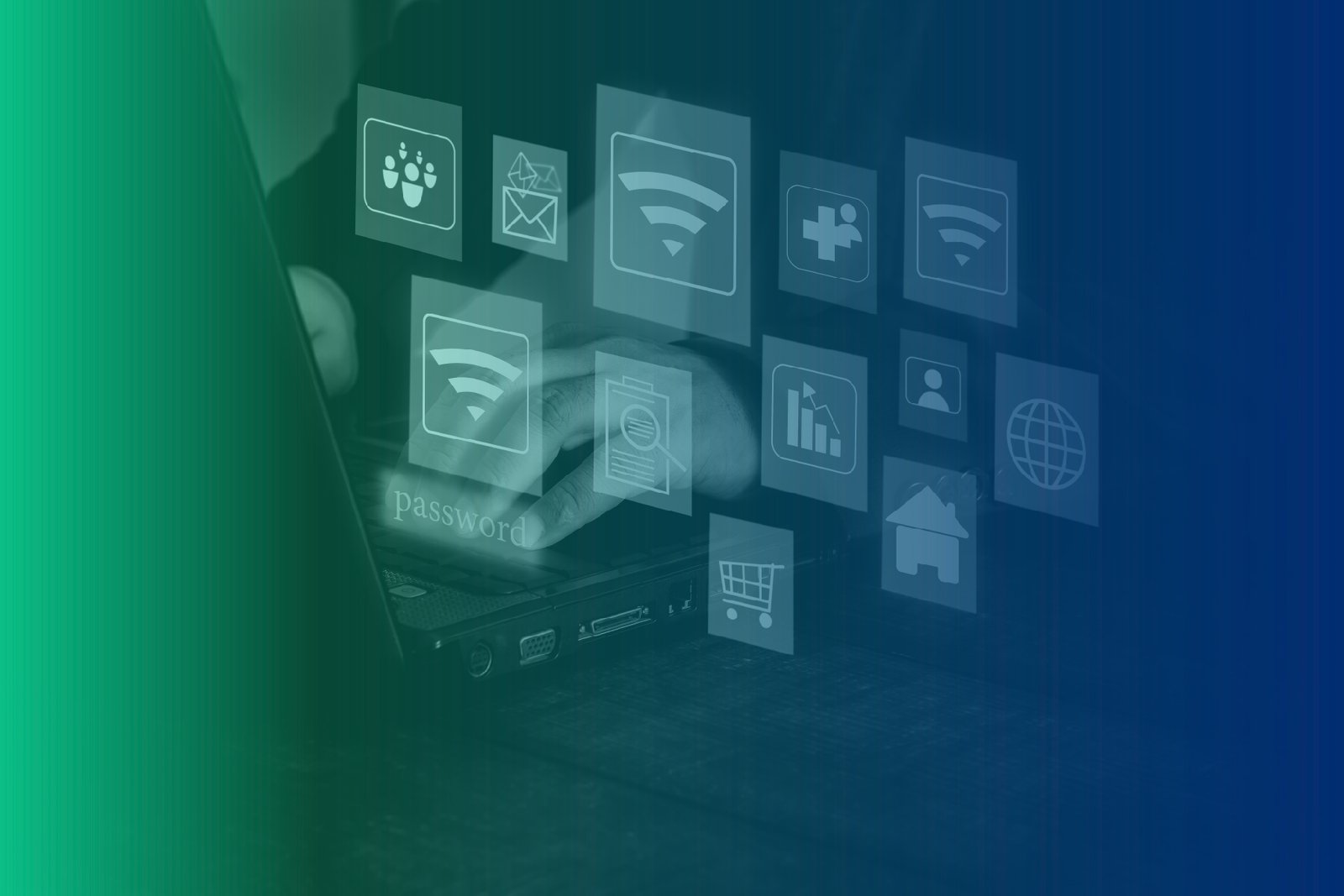IoT, cloud computing, edge computing and 5G are part of the combination of technologies that are essential for an efficient and, with the right help, secure digital transformation
Smart cities, home appliances that use artificial intelligence, autonomous cars, virtual reality, games that can be played in real time and with movements that are as close to face-to-face as possible. More than ever, low latency is the key.
You may already be tired of knowing that all these activities and many others not mentioned use a combination of technologies that is no longer a trend and is being used more and more in the daily lives of people and companies.
The Internet of Things, also known as IoT, edge and cloud computing, as well as the 5G connection, together make it possible to expand solutions and activities that make routine easier and can boost companies' results dramatically.
Great, but how does it work in practice?
The first technology in this cycle is cloud computing. The technology, trying to be as didactic as possible, is nothing more than the possibility of running applications and storing data remotely, obviously from an internet connection.
It's worth remembering that cloud computing has undergone a gigantic boom and was extremely important during the quarantine due to the Covid-19 pandemic, for example. The #Anywhereoffice phenomenon was only possible thanks to technology.
And it was from the development of cloud computing that the IoT developed.
The ability to process and store data remotely and the popularization of wireless network connectivity brought the chance for devices such as cameras and sensors to be connected in such a way that they could receive and send data over the internet.
With the growth of streaming services, networks are overloaded and increasingly inefficient. Now, with Web 3.0, data storage and processing solutions need to be more agile, secure and efficient. By decentralizing these functions, it is possible to achieve a faster response, even facilitating data-based decision-making.
And that's where edge computing comes in.
After all, this relatively new architecture makes it possible to reduce latency while significantly reducing the volume of information transmitted by devices.
What changes?
With the Edge, instead of depending on a central location, which may be many kilometers away, the user or IoT device will depend on a processing point that can be much closer - really close.
This new concept in data processing architecture is like a constellation of micro data centers that are as close as possible to the user, connected to data and information consolidation centers in a data center hub.
By making a micro data center with the end devices, it is possible to offer more network availability and even more assertive decision-making.
How to see these technologies in practice
With the combination of these three architectures and the application of the 5G connection, the consumption of information by devices is greatly impacted. In this way, the company can have the best of each world.
The scalability and flexibility that cloud computing offers, the data processing efficiency of edge computing and the fast connection of 5G reduce latency and increase processing efficiency, making it possible to perform tasks in real time.
All this efficiency can be used not only in large cities, but also in places where connectivity is poor. Rural areas and industrial environments with poor connectivity, for example. Not to mention companies that need to process huge amounts of data, such as the automotive industry or health-related data.
Thus, the combination of technologies can improve everything from the information in a unified health system, which can access a patient's records from anywhere in the world, to the local lighting system, which has the viability of becoming more automated than just turning on the streetlights when it gets dark, but maneuvering the load of an electrical network when there is a problem. Oil platforms and ships on the high seas also benefit from technology that processes data locally, as edge computing does.
A major transformation, but safely!
For all these technologies to work well and securely, attention must be paid to the cybersecurity of each item. From identity management, data and application protection, cloud backup and business continuity, tools that guarantee the security of digital assets are extremely necessary.
What was a mere fallacy a few months ago is now a great opportunity.



